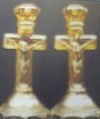Carnival Glass 101 | home Quick Reference to Carnival Glass Patterns on This Site
Cathedral Top Candy Jars
CATHEDRAL TOP CANDY JARS
Marion Hartung, Rose Presznick and Ray Notley laid the groundwork in Carnival Glass study. Collectors Clubs were formed around the world and research flourished with efforts put forth by Don Moore, John Resnick and Bill Edwards (among many others who penned their individual articles for the many Club Newsletters during the ensuing years. Joan Doty provided strides in knowledge surrounding vases, Thistlewoods delved ever more deeply into iridized glass provided by foreign producers and contribute information from their own website. Longtime tumbler collector Bob Smith has traveled the globe specifically to become more proficient in assessing Brockwitz and Jain glassware, generously sharing those findings with Thistlewoods and Frys, so that information would be further shared with collectors. Certainly, knowledge advances with every personal involvement into research. Mike Carwile took up the lead from Bill Edwards, providing information and price guides for ever more designs. The Imperial book provided by Carl O. Burns has cleared up many former questions about Imperial’s Wide Panel, Chesterfield, Colonial, and Flute patterns, along with the updated information revealed in his Dugan-Diamond and Northwood books.
Published efforts by William Heacock, James Measell, Berry Wiggins, John Madeley and Dave Shetlar, along with Margaret and Douglas Archer, Marie McGee, Angela Hallam, Don and Lynda Grizzle, Tom Mordini, and many others have helped promote and advance the collecting of iridized glassware since the early 1950s. An accurate listing of the early pioneer collectors would require a full page effort! Three who quickly come to mind: Emma Tilton, Grace & Byron Rinehart.
From very early-on in the matriculation of carnival glass history, Frank M. Fenton was a major influence and help of immense stature to many of us who chose to emulate and elaborate on this chosen field of endeavor. He personally loaned us more than 35 original copies of the old Butler Brothers Wholesale Catalogs so that we could create the Reprints which display the carnival glass-related ads to verify makers. Charlotte Williams and Carl O. Burns also contributed copies of old wholesale catalogs for our use, resulting in a period of two years work in preparation for the sale of such, with results going to finance the first combined convention of the San Diego and Southern CA Carnival Glass Clubs in 1992.
The advent of Dave Doty’s website, and the educational forum found on the Thistlewood site, along with the Stretch Glass site provided by Dave and Renee Shetlar further indicates the extended effort to help and educate collectors in today’s world. Brian Pitman continues his share of effort with providing a daily conversational website for collectors around the world, along with live broadcasting of many major carnival glass auctions.
*American Iridescent Stretch Glass (1998) by: John Madeley & Dave Shetlar is a great reference.
Consider the major effort put forth by Burns, Seeck, Reichel, Remmen, and Wroda to promote each and every carnival glass auction!
Advance of time has proven that great strides have been made in the educational forum, but somehow, with more than 100 years advance since the earliest carnival glass was produced in 1907, every once in awhile an item presents itself having no previous accountability. Quite recently, we received a photo from Margaret Dickinson, Australia, which has all the appearances of a 12” serving platter in the Imperial Swirl pattern. It has a plain round center which could accommodate a bowl. She has owned it for many years and cannot find a trace to its origin. It may possibly be one of other known patterns produced and sold by American makers, exclusively in other countries.
*Another item shown in this segment: the marigold candy jar we have identified as Chesterfield, does not appear to be Stretch Glass. Surely you will agree that it provides the same type panels seen in the mug, open table salt, rose bowl, covered tankard/tumblers, candlesticks, compote, stemmed sherbet, and toothpick holder identified as known shapes within the Chesterfield pattern. Our opinion is that this candy jar had not been seen/discussed at the time Burns wrote the Imperial Glass Book in 1996.
*The pale marigold candy jar having H within the diamond is very likely from Hsinchu Taiwan for AA Importing of St. Louis-1940s-1950s. We display that trademark in our LINKS section on the 101 homepage. According to information supplied by the Heisey Collectors Society, the true elongated diamond H was only applied to their cut/etched glass examples. Heisey did not iridize glass.
Speaking from our personal vantage point of many years in contribution to the “collecting cause”, we (Dean & Diane) will say that extended hours of time and effort to inform and educate present collectors and all newcomers to this wonderful medium of sharing has always been and continues to be truly a labor of love. The friendly and amiable folks who participate and collect this amazing glassware make all efforts quite worthwhile!
Our www.carnivalglass101.com site partner and talented webmaster; who along with knowing more than the average collector about Indiana Glass; helped write the first book on the subject, Donna Adler deserves much credit for all that she has done for the collecting world!
We also owe a debt of gratitude to those many 101 viewers who have voluntarily come forth with their personal contributions of funding, photos and comments to further efforts with information provided on our website!
Dean & Diane Fry, April 2003 -
Adam’s Rib pattern was the first iridescent line produced by Diamond, which bridged the space between carnival glass and stretch glass. Introduced in 1925 and marketed as Diamond’s #900, it is found in onionskin iridescent, known as stretch glass, a brilliant and typically carnival-like luster, or having soft, satiny iridescence. Non-iridized colors of blue, green, amber, crystal, and pink.
CATHEDRAL TOP CANDY JARS
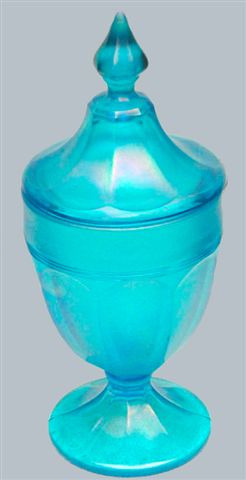
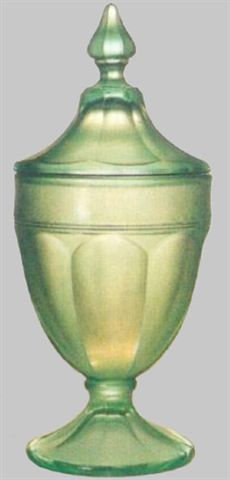
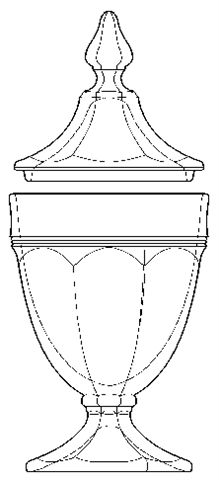
Left - Diamond Celeste - 9.25 in. tall x 3 7/8 inch diameter.
Middle - Diamond Green - 9.25 in. tall x 3 7/8 inch diameter.
Right - known in 1 lb. and 1 1/2 lb. sizes. Courtesy Dave & Renee Shetlar.
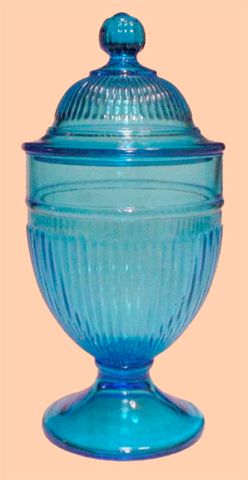
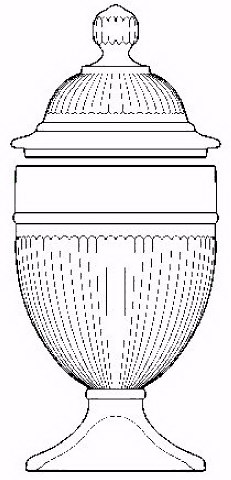
Left - Diamond's ADAMS RIB Candy Jar in Celeste Blue - 8 in. h. x 4 in. across open top.
Right - Drawing from Shetlar Stretch Glass site.
Diamond - Adam’s Rib-un-iridized blue
Diamond - Rainbow Lustre – c. 1922-1923
Amber, Iridescent Green, Iridescent Blue (celeste),
Red-orange with black/gold trim
Ref. Dugan-Diamond-Heacock, Measell, Wiggins
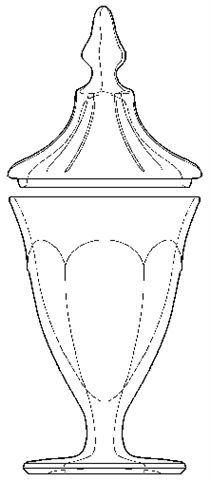
Fenton #835 Courtesy Dave & Renee Shetlar.
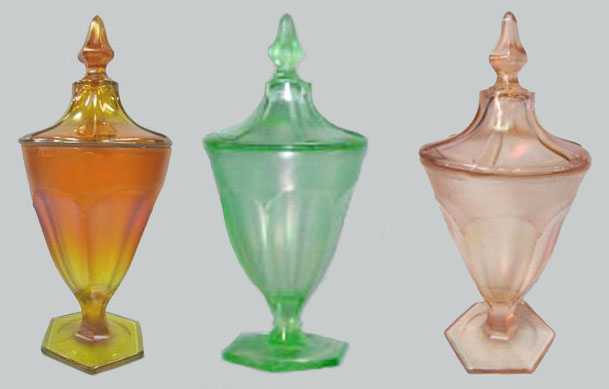
Fenton #835 Florentine Green, Velva Rose - Circa 1927.
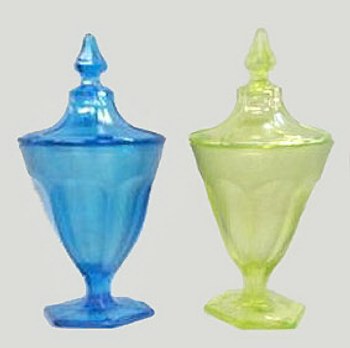
Fenton #835 in Celeste & Topaz Vaseline.
Courtesy Wroda Auctions.
Fenton - Stretch Glass
#9-3/4 lb. jar – Celeste Blue-c.1921
#9-3/4 lb. jar – Florentine Pearl-c. 1921
#9-3/4 lb. jar – Ruby-c. 1924
#9-3/4 lb. jar – Florentine Green-c.1921
#8-1/2 lb. jar – Marigold-c. 1921
#8-1/2 lb. jar – Florentine Green-c. 1921
#8-1/2 lb. jar – Grecian Gold-c. 1921
#636-1 lb. jar – Velva Rose-c. 1926
#636-1 lb. jar – Topaz-c.1921
#636-1 lb. jar – Celeste Blue-c.1921
#735 - Blue Irid.-c.1925
#735 - Marigold-c. 1925
#735 - Topaz-c.1925
#835-1/2 lb. jar-Tangerine-c.1926
#835-1/2 lb. jar-Velva Rose-c.1926
#835-1/2 lb. jar-Florentine Green-c.1927
Ref. Fenton Glass-First Twenty-Five Years
Wm. Heacock
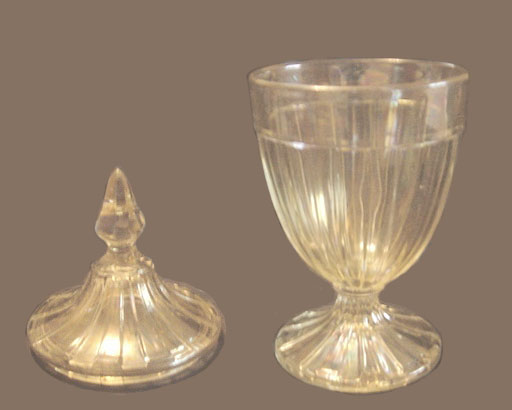
Heisey Trademark 9.5 in. tall x 3.5 in. diameter.
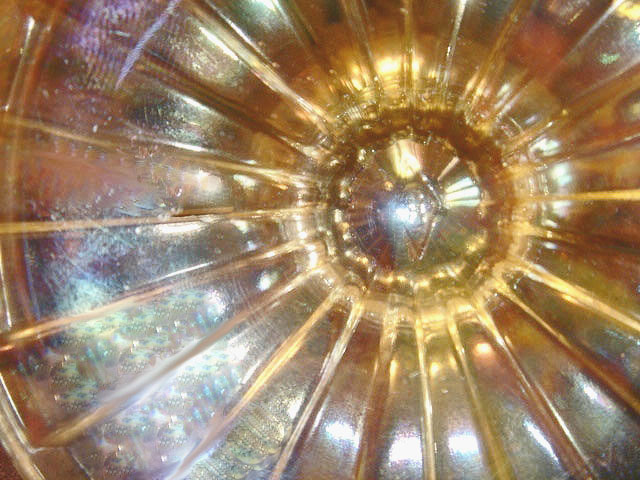
Look closely in center of foot to see diamond with H in center.
A.H. Heisey- Elongated diamond shape having
Elongated H centered within-found on their
Cut/Etched glass. See American Art Glass:
John A. Shuman III
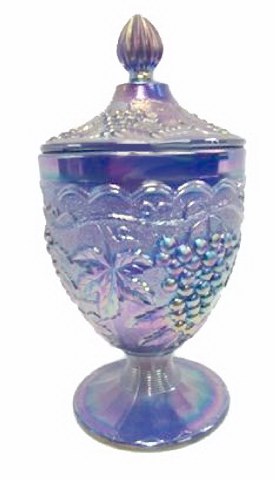
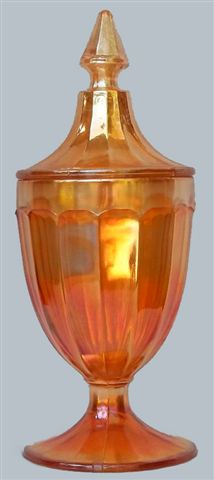
Left - IMPERIAL GRAPE Covered Candy in Blue.
Right - Appears to be Imperial CHESTERFIELD - 9 in. tall x 3.5 in. diameter.
Northwood-
#636-1 lb. jar – Blue Iridescent
#636-1 lb. jar –Topaz Iridescent
#636-1 lb. jar – Russett
#636-1 lb. jar – Marigold
#659-1/2 lb. jar-Blue Iridescent
#659-1/2 lb. jar-Topaz
Ref. Harry Northwood-The Wheeling Year
1901-1925-Heacock, Measell, Wiggins
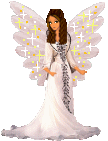











Don’t worry about anything; instead, pray about everything.
Tell God what you need, and thank him for all he has done.
Philippians 4:6












Should you care to contact the Frys, their email address is:
Search Carnival Glass 101
back to Carnival Glass 101
Our other sites you may enjoy:
Everything you EVER wanted to know about Indiana Glass
Great Reference for Newer Carnival Glass.
Complete Glassware Catalogs Available to Download
Questions? Comments? Suggestions? Broken Links? Corrections?
Your Friendly Webmaster is here to help!
